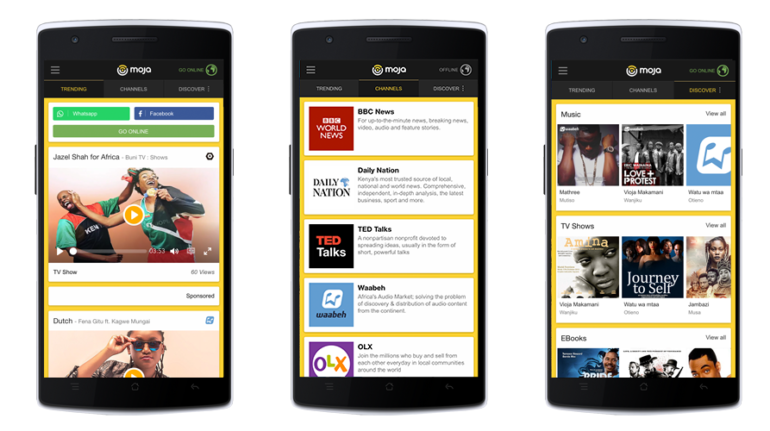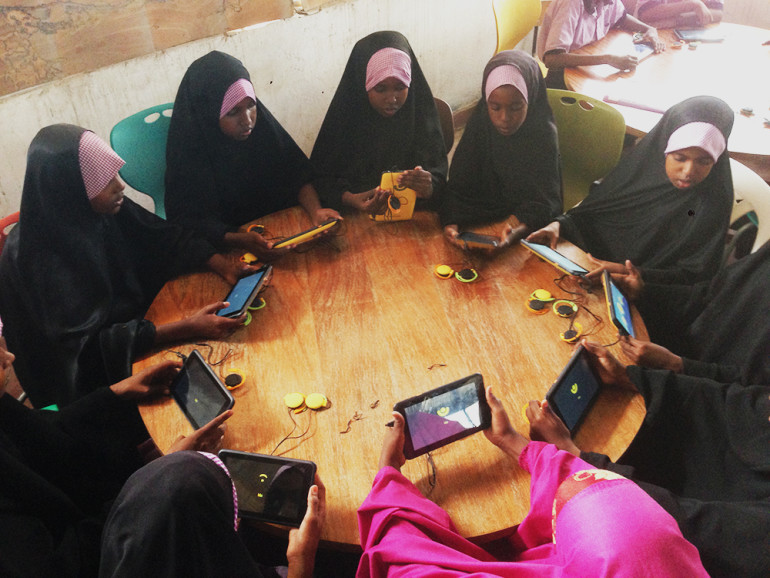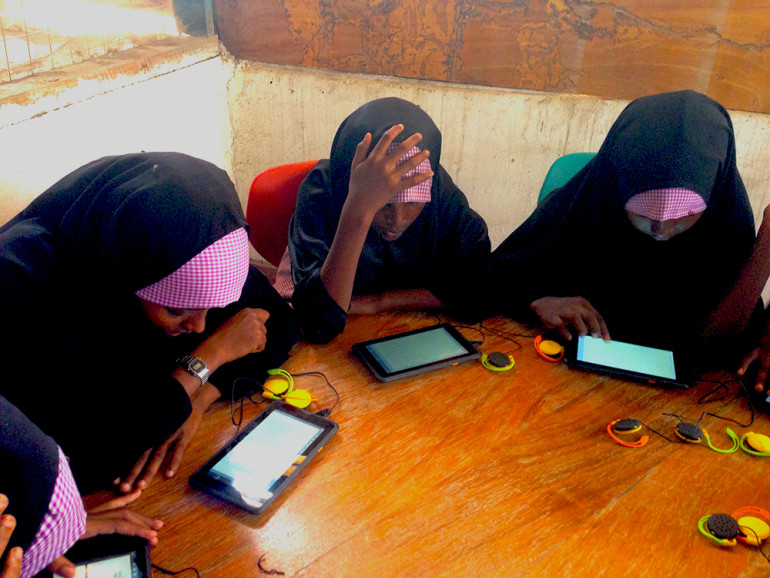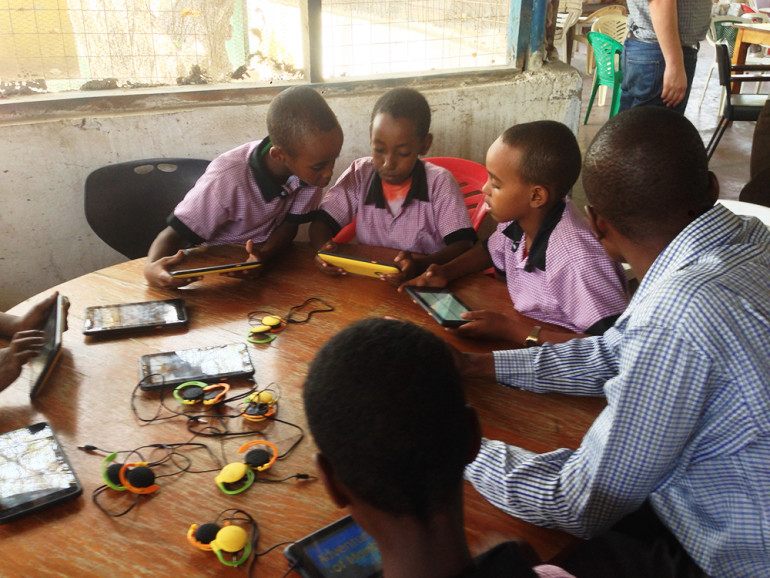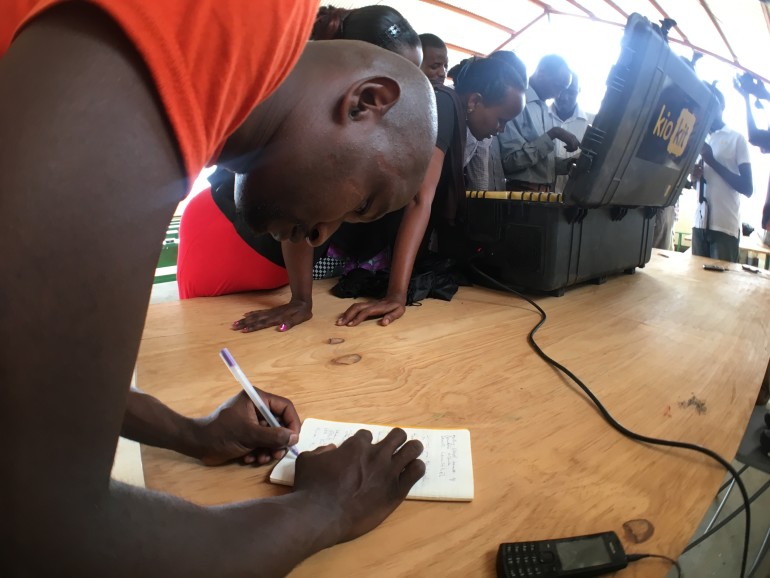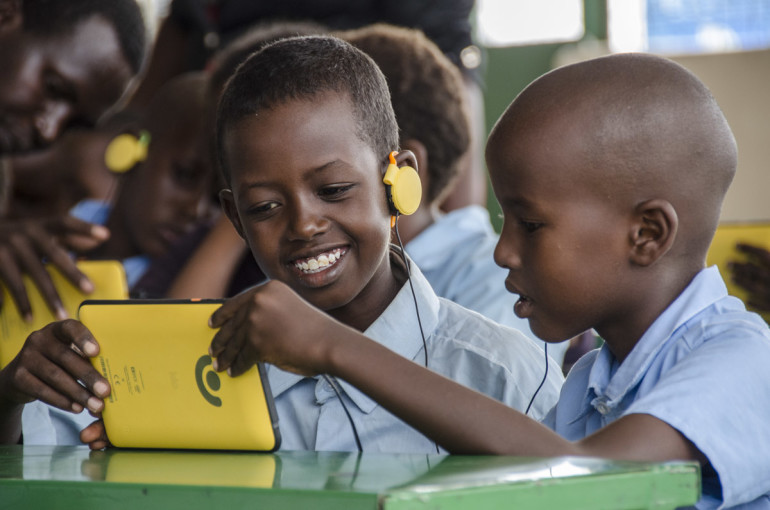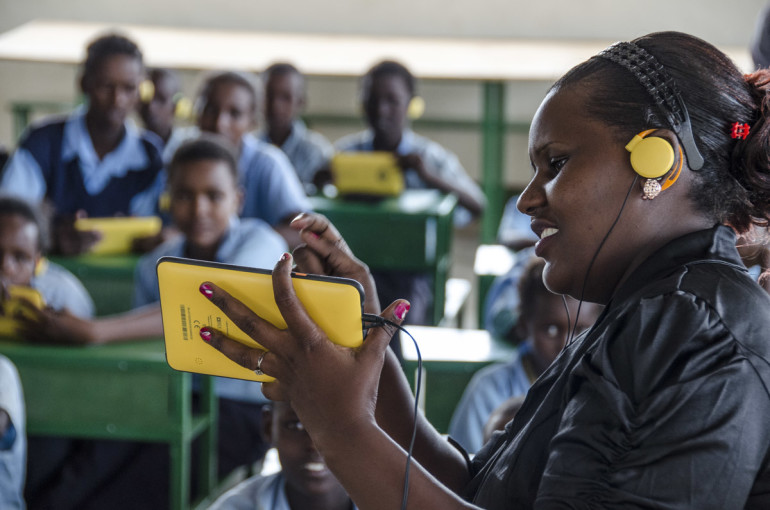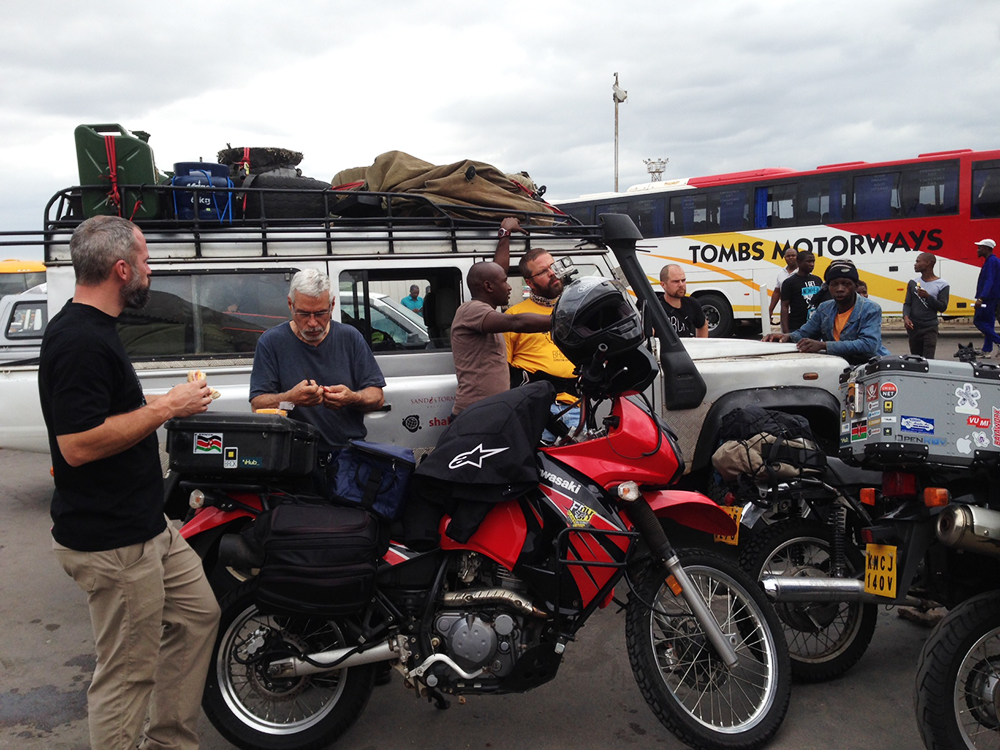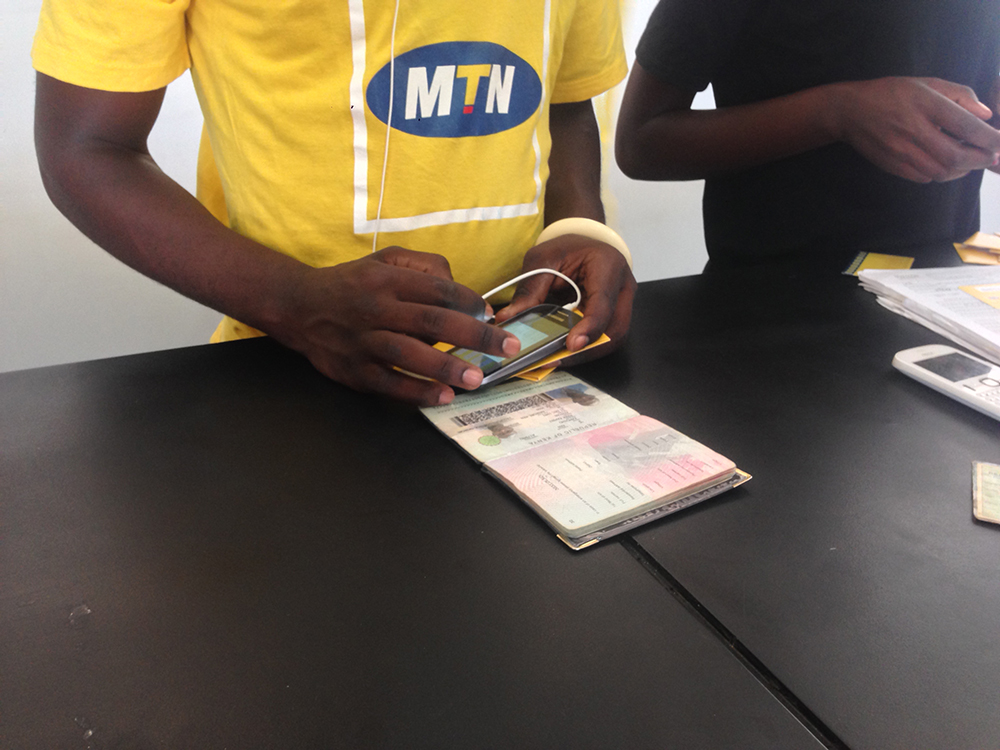PERSONAS
WHAT ARE PERSONAS?

Personas are fictional, generalized characters that encompass the various needs, goals, and observed behavior patterns among your real and potential customers. Personas should be informed by research, ideally qualitative and quantitative. Personas should be used as a tool to summarize and communicate research results. Building personas can help improve the way you solve problems and speak to your customers. Understanding your customer and the pain you’re solving will allow you to create a better user journey and product for them.
WHAT IS THE PURPOSE OF PERSONAS?
The purpose of personas is to create reliable and realistic representations of your key audience segments for reference. These representations should be based on qualitative and some quantitative studies.
Your personas are only as good as the research behind them.
WHAT DO PERSONAS DO?
- Represents a major user group for your product/service
- Expresses and focuses on the major needs and expectations of the most important user groups
- Helps put you in the mind of the customer you want to attract
- Gives a clear picture of the user’s expectations and how they’re likely to use the product/service
- Clearly articulates your customer’s challenges and pain points
- Aids in uncovering universal features and functionality
- Describes real people with backgrounds, goals, and values
BENEFITS OF PERSONAS
- They help add a real-world layer to conversations and decision making
- They offer a quick and inexpensive way to prioritize feature decisions
- They help stakeholders and leadership evaluate feature ideas
- They focus information architecture and interaction design
- Visual designers can focus their initial design rationale on the personas
- Based on user behavior, the system development/engineers team can begin to approach the challenge
- Copywriters can also tailor their content to the appropriate audience
- They can help uncover gaps and misalignments between a solution and user needs
- They can synchronize your team’s efforts and get everyone on the same page
BEST PRACTICES
It is good to focus on only the main audiences you are targeting.
The aim of personas is to highlight major needs and give enough insight for action.
3-4 key personas are enough per project.
HOW
- CONDUCT USER RESEARCH
This should help you answer the following questions as a bare minimum:
- Who are your users?
- Why would they use the system?
- How are they solving that problem now?
- What behavior, assumptions, and expectations would influence their view of the product/service?
- ANALYZE THE RESEARCH
Identify themes and characteristic that are specific to them, relevant, and universal to the system.
- BRAINSTORM
Organize elements into persona groups that represent your target users.
- REFINE
See if any of the rough personas can merge. Organize the personas into primary and secondary personas. Aim to have 3-4 personas and their identified characteristics.
- MAKE THEM REALISTIC
Describe background, expectations, and motivations. Avoid making it too personal. Include only relevant information.
| OBJECTIVE | QUESTION |
| Defining purpose of use |
|
| Defining the user | PERSONAL INFO
PROFESSIONAL
(Ask follow up questions if necessary to capture user needs, interests, and goals.)
TECHNICAL
|
| User Motivation |
|
ELEMENTS OF A PERSONA
A persona should generally have the following information:
- Persona group (e.g. system engineer)
- Name (fictional)
- Demographic info (age, education, family status)
- Job title
- Main responsibilities for the job
- Their social environment
- Their physical environment
- Their technological environment
- A quote that sums up what matters most to this persona
- Casual photo representative of this persona group
PERSONA TYPES
Narrative
This is suitable for stakeholders who are not particularly interested in the technical details of the user needs.
Tabular
This is particularly useful for designers who want an easy way to compare user needs with their design work.
Hustler Quick and dirty
This is normally when there isn’t enough research to create a persona.
RESOURCES
Some persona resources to check out include:
- 21 Best User Persona Template To Achieve Business Goals
- 7 Free Online Persona Templates
- Identify Your Ideal Marketing Personas
There are many ways to approach personas. It will normally depend on the context. Personas are living documents and should be reviewed occasionally to respond to any changes in the organization and its target population. With continuous engagement, the value proposition should be refined based on experience and engagement with users.




